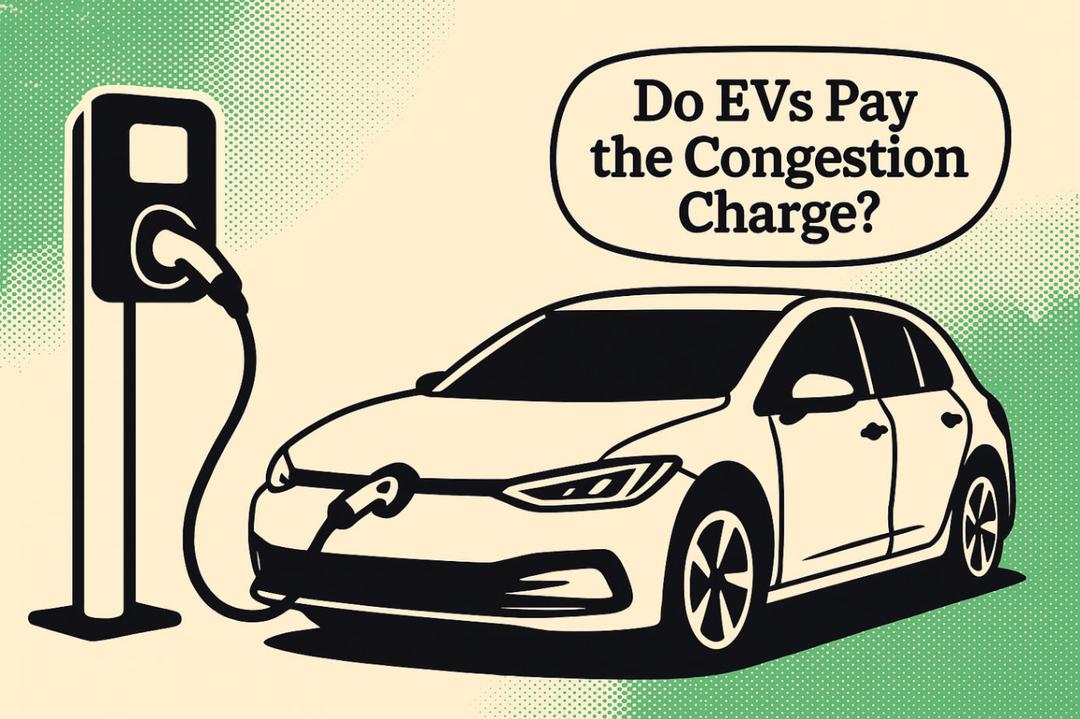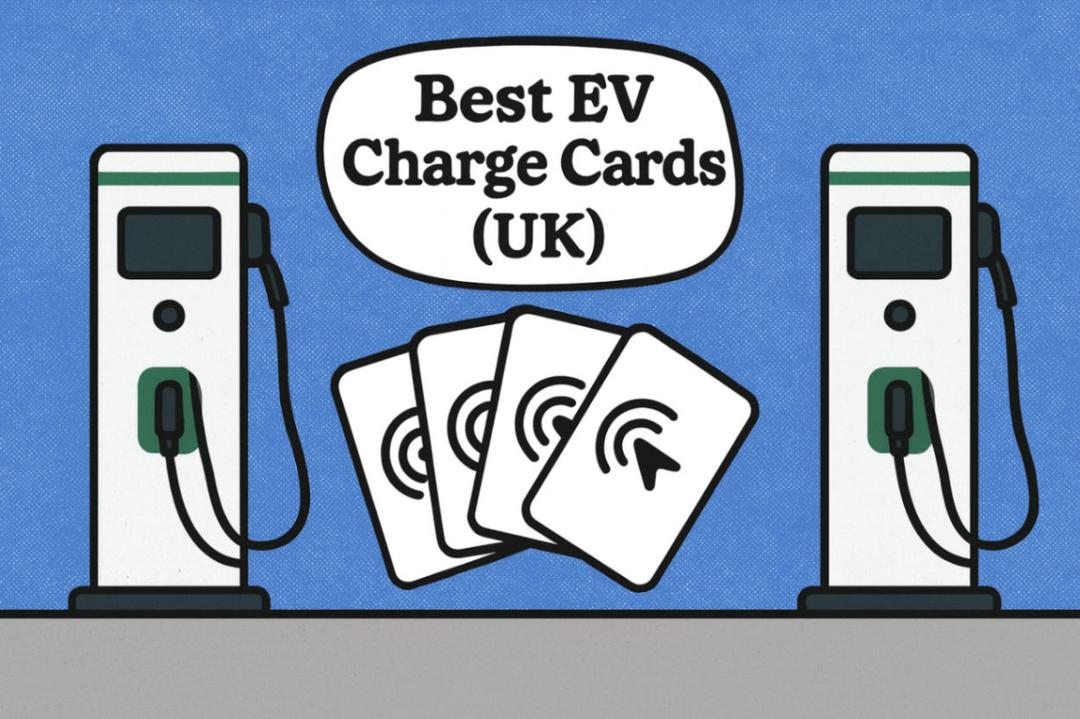Electric vehicles (EVs) are revving up the UK’s roads, with new petrol and diesel cars set to vanish from showrooms by 2035. Installing a home EV charger is like giving your car its own personal barista - convenient, cost-saving, and oh-so-satisfying.
But before you start dreaming of zipping around in silent, eco-friendly style, you need to navigate the UK’s rules to keep your charger safe, smart, and legal.
At Heatable, we’re all about making home upgrades as easy as a Sunday drive, so here’s a lively, scannable guide for homeowners on installation requirements, charger types, ideal locations, key considerations, and where chargers just won’t park.
PS We offer EV charger installation nationwide. Simply answer these questions, get your fixed price and arrange your free quote.
Key Points:
You must be the homeowner or get the landlords permission before installation.
Off-street parking e.g. driveway or garage is required.
A stable Wi-Fi or mobile signal is required.
Your home’s electrical system needs to be able to support the charger load.
No trailing cables over pavements are permitted & planning rules may apply.
Getting Started - Installation Requirements for UK Homes
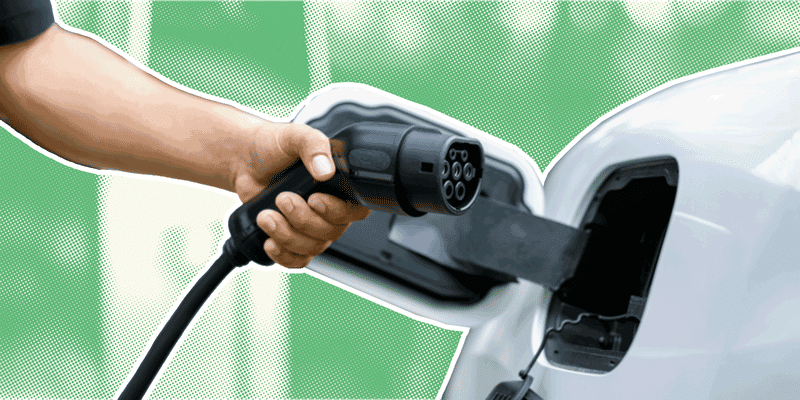
Installing an EV charger isn’t like plugging in your phone - it’s got to meet practical and legal standards to keep your home safe and your bills low.
These rules support the UK’s net-zero mission while ensuring your charger doesn’t throw a tantrum mid-charge.
Here’s how to hit the road running:
Property Permissions: Own or Ask
Not a property owner? You’ll need the landlord’s permission. If you own your home, you’re the boss, but renters or flat dwellers must sweet-talk their landlord or property management for written permission.
In flats, a landlord or residents’ association might also want a say - think of it as getting your neighbours’ blessing for a BBQ.
A quick email to your landlord should do the trick; just save their reply in case anyone asks.
Parking Spot: Where Your EV Sleeps
Do you have a designated parking spot? You’ll need one, whether it’s your driveway, garage, or an allocated space in a shared car park.
Your charger needs to live where your EV sleeps, not on the street where cables could turn pavements into an obstacle course (more on that later).
No parking? You’ll need to charm your local Highways Authority for cable solutions.
Wi-Fi Connection: Smart Charger Smarts
Do you have a Wi-Fi connection? Since 30 June 2022, The Electric Vehicles (Smart Charge Points) Regulations 2021 demand that all new home chargers are smart, so a solid Wi-Fi or mobile data connection is non-negotiable.
Smart chargers are like the brainy kid in class - they schedule cheap off-peak charging, adjust to grid needs, and let you track costs via an app.
Test your Wi-Fi where the charger will go - two bars on your phone is the minimum for smooth operation. Weak signal? A Wi-Fi extender is your new best friend.
Qualified Installers: No DIY Disasters
You should always use a qualified and experienced electrician to install your EV charger, ensuring compliance with BS 7671 (UK wiring regulations) and the IET Code of Practice for EV Charging Equipment Installation.
They’ll fit essential safety gear like a Residual Current Device (RCD) (Type A or B, max 30mA) to prevent shocks and use Type 2 sockets or tethered cables per BS EN 61851-1:2019.
If you’re eyeing the £350 EV chargepoint grant for flat owners or renters, you’ll need an OZEV-authorised installer- check their status on GOV.UK or ask for their certification, like verifying their driving licence.
“I’ve seen some shocking DIY attempts - one chap thought he’d play sparky and nearly wired his garage for a light show worthy of Blackpool,” says Ben McMonnies, Heatable’s Solar Operations Manager.
Electrical Check: Power Up Properly
Are your home’s electrics up to the job? Most UK homes have a single-phase supply, fine for 3–7 kw chargers, but your consumer unit must handle the extra juice.
Installers will check your main fuse (60–100a) and ensure a dedicated circuit, as required by Approved Document S of the Building Regulations.
Upgrading wiring or fuses might add £100–£500, so glance at your fuse box or call your energy supplier to know your setup.
Homeowner’s Quick Checks:
Property rights: Own your home or get landlord’s OK.
Parking: Driveway, garage, or allocated spot required.
Wi-Fi: Two bars minimum for smart charging.
Installer: OZEV-authorised only if you want the grant; qualified electricians are essential.
Electrics: The Fuse and wiring must support the load.
Picking Your Ride - Types of EV Chargers
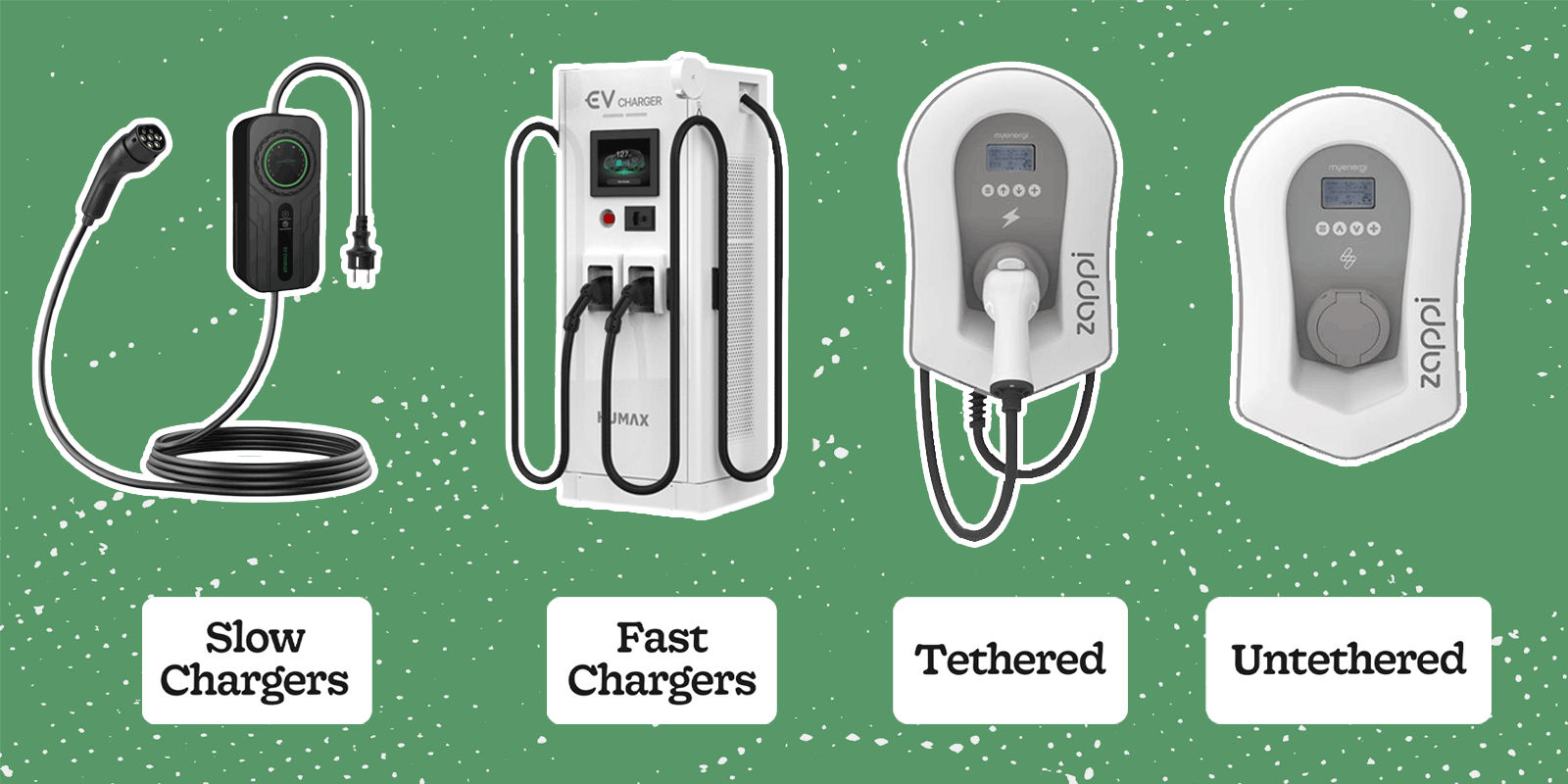
Choosing a charger is like picking the right EV - match it to your needs, or you’ll be stuck in the slow lane. Home chargers come in two speeds, with a tethered or untethered twist.
Slow Chargers: Overnight Heroes
Slow chargers (3–7kw, AC) are the UK’s home-charging heroes, juicing up your EV in 8–12 hours.
They’re perfect for overnight charging if you’ve got a smaller EV or plug-in hybrid and cost £450–£800 installed.
Fast Chargers: Speedy but Tricky
Fast chargers (7–22kw, AC) are speedier, charging in 3–6 hours for bigger EVs or road warriors, but they often need a three-phase supply - rare in UK homes.
They’ll set you back £800–£1,200, so check your EV’s manual. If it maxes out at 7 kw, don’t splash out on a fast charger unless you fancy overpaying.
Tethered vs. Untethered: Cable Choices
Tethered chargers come with a built-in cable, like a loyal dog that’s always ready to go. They’re convenient but less flexible if your next EV has a different port.
Untethered chargers use a universal Type 2 socket, so you bring the cable - great for future-proofing. It’s like choosing between a fixed menu or à la carte.
Charger Choices:
Slow (3–7 kw): Budget-friendly, overnight charging king.
Fast (7–22kw): Quick, but needs fancy electrics.
Tethered: Plug-and-play, less adaptable.
Untethered: Flexible, cable not included.
Parking It Right - Best Locations for Your Charger
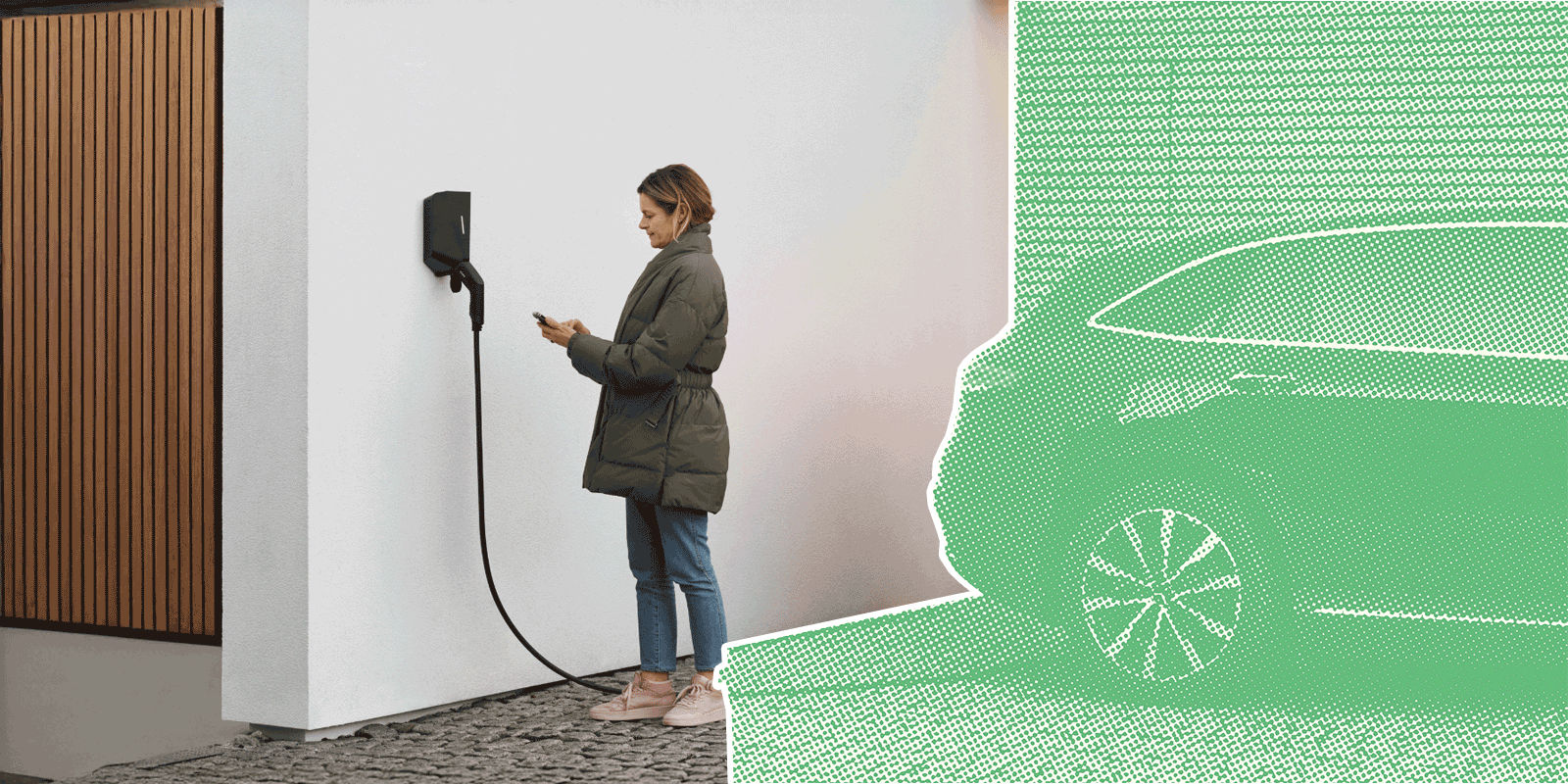
Your charger’s spot needs to be practical, compliant, and not an eyesore - nobody wants their driveway looking like a sci-fi set gone wrong.
Here’s how to pick the perfect place:
Prime Spots: Driveway or Garage
A driveway or garage is prime real estate, keeping your charger accessible and safe from rain or nosy vandals.
Peek at your EV’s charging port (front, side, or rear) to avoid cables doing gymnastics across the car.
The socket must sit 750–1200mm above ground (or 750–1000mm per PAS 1899:2022), so wall-mounting is your safest bet.
Fun Fact: According to the Department of Transport as of January 2025, over 73,000 public EV charging devices are installed across the UK, but London’s hogging the party with 263 chargers per 100,000 people - Northern Ireland’s trailing with just 35.
Wiring Savings: Stay Close to Power
Keep it close to your consumer unit to save on wiring, which costs £1–£2 per metre. A spot within 10m of the fuse box is wallet-friendly.
For flats with allocated parking, pick a space near a communal power source, but don’t forget landlord approval.
Weather and Wi-Fi: Protect and Connect
Sheltered spots - like under a carport or in a garage - protect your charger from the UK’s moody weather. Test the Wi-Fi signal at the site to keep those smart features humming.
Location Hacks:
Driveway/Garage: Easy access, weather-proof.
Near EV port: No cable acrobatics.
Close to electrics: Cheaper wiring runs.
Sheltered: Save your charger from storms.
Plan Ahead - Key Considerations Before Installing
Before you hit the “install” button, a few checks can keep your project smoother than an EV’s silent ride. Here’s what to think about.
Budget and Grants: Save Some Cash
Installation costs £450–£1,200, but the £350 EV chargepoint grant (available until 31 March 2026) can lighten the load for flat owners or renters.
EV Match: Pick the Right Charger
Check your EV’s max charging speed in its manual - buying a 22kw charger for a 3.6kw car is like getting a sports car for the school run.
Electrical Check: Power Capacity
Your home’s electrics need to play ball. Adding a charger alongside other power-hungry gadgets (like an air fryer obsession) might call for a fuse upgrade, which your installer can assess.
Future-Proofing: Plan for Tomorrow
Future-proofing is smart - if you’re eyeing a bigger EV, solar panels, or a smart home, an untethered or higher-power charger could save hassle later.
Connectivity and Permissions: Stay Connected, Stay Legal
Test your internet signal, as smart chargers sulk without connectivity. Rural folks might need mobile data options - your installer can advise.
Permissions are a must for renters, flat dwellers, or conservation area residents, so get those approvals lined up.
Savings Tip: Off-Peak Tariffs
For savings, pair your charger with an off-peak tariff (like Octopus Go’s 7–10p per kWh) and ask about load-limiting to avoid blowing a fuse when the house is buzzing.
Pre-Install To-Dos:
Budget: Grab grants, mind the costs.
EV specs: Match the charger to your car.
Electrics: Check capacity for new loads.
Future plans: Think upgrades or solar.
Tariffs: Hunt for cheap charging deals.
No Parking Zone - Where Chargers Can’t Go
Some spots are as charger-friendly as a motorway in a snowstorm. Here’s where EV chargers can’t set up shop, so you can steer clear of trouble:
Keep Your Distance: Highway and Pavement Rules
Chargers must stay 2m from public highways or pavements to avoid turning your street into a hazard zone. Installing too close is a recipe for safety issues and council complaints.
On-Street Woes: Cable Chaos
On-street parking? Trailing cables across pavements is a big no unless your Highways Authority says yes - and even then, cables must be under 10m, use a protector, and never cross the road.
It’s like trying to convince your cat to stay off the sofa - tricky and rarely worth it.
Height Matters: Socket Regulations
Socket height is strict - 750–1200mm above ground. Too low or high, and you’re breaking safety rules, risking fines or a failed inspection.
Shared Spaces: Permission Pitfalls
In shared spaces like flat car parks, landlord consent is a must, and some leases flat-out ban chargers. Without approval, your charger dreams are parked indefinitely.
Special Areas: Conservation and Listed Buildings
Conservation areas or listed buildings might need planning permission, so check with your council to dodge fines. Ignoring this could land you in hot water with local planners.
Risky Spots: Floods and Vandals
Flood-prone spots or exposed communal lots are risky too - water and vandals aren’t charger fans. Pick a safe, secure location to keep your charger happy.
Power Problems: Distant Parking Costs
If your parking is 20–30m from power, wiring costs can make your wallet cry. Get an installer to survey the site to avoid these potholes before you commit.
Charger-Free Zones:
Near roads: 2m buffer from highways/pavements.
On-street: Council permission needed for cables.
Shared spaces: Landlord/strata must agree.
Risky spots: Skip flood zones or vandal magnets.
Final Thoughts
Installing a home EV charger is like giving your car a VIP charging lounge - convenient, green, and wallet-friendly with the right setup.
Check your property, parking, Wi-Fi, electrics, and installer to cruise through the process.
Pick a charger that fits your EV, park it in a smart spot, and steer clear of no-go zones. With OZEV pros and grants (hurry, they end 31 March 2026!), you’ll be charging like a boss.
Next Steps For Your EV Charger Journey:
When planning to install an EV charger for your home, there are several important factors to consider. Make sure to refer to the following guides to help you make informed decisions:
To dive deeper into these topics, head over to our advice section or check out our YouTube channel for informative videos.
Looking for the best deal on a new EV Charger?
If you’re aiming to get the best deal on a new EV charger, consider getting a quote from us. Here’s why:
Installation within 24 hours.
Thousands of satisfied customers with an average score of 4.9 on Trustpilot, surpassing the market leader.
Which? Trusted Trader: Heatable is proudly recognised as a Which? Trusted Trader.
Price match guarantee: We will match any like-for-like cheaper quote.
Flexible payment options, including interest-free finance.
Up to a 12-year guarantee on selected models.
Fixed price guarantee: No hidden costs.
Save your quote and decide later.
Get an instant fixed price on a new EV charger here.



